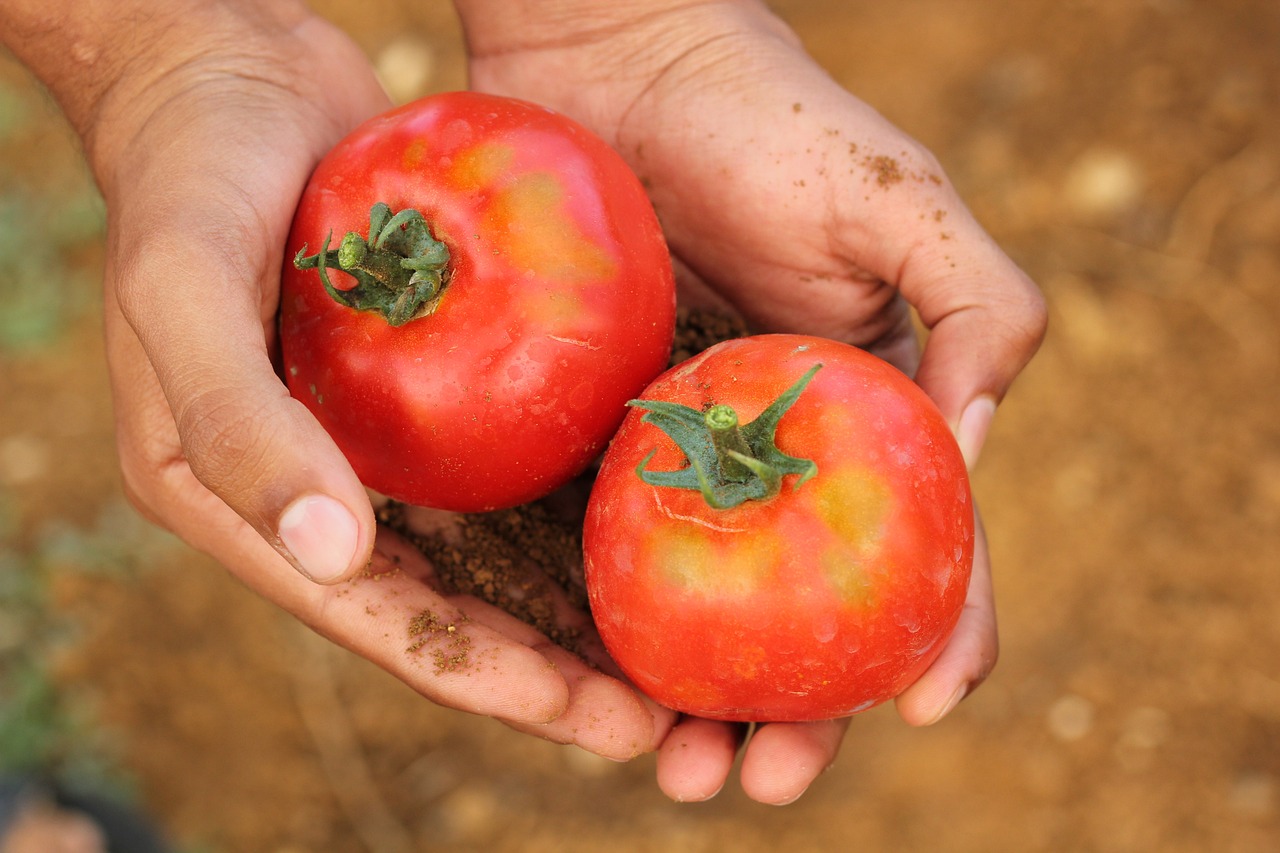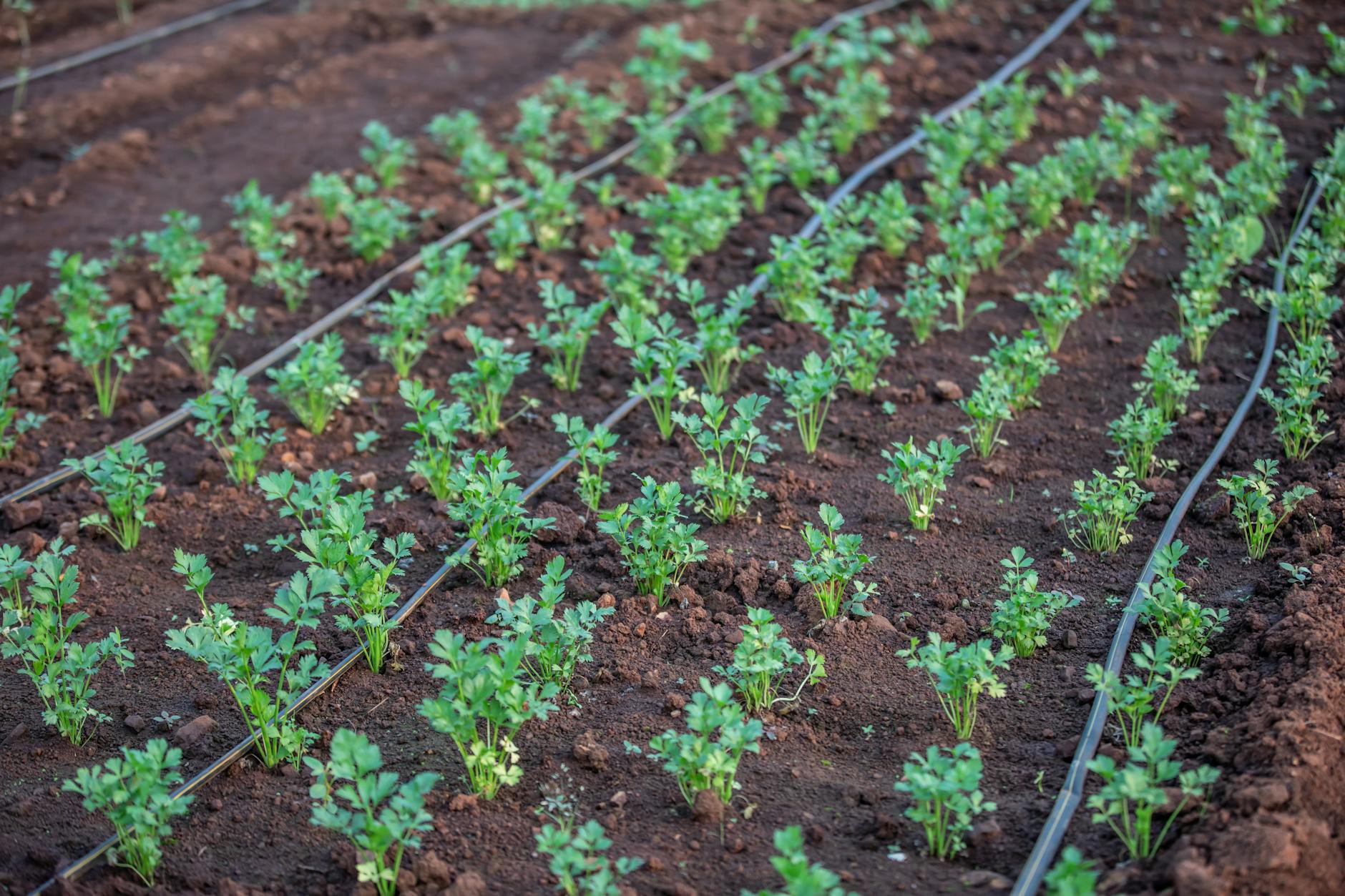Sustainable Crop Cultivation in Kenya: Expert Advice
If you want to maximize your yield while minimizing environmental impact, this discussion is for you.
In this article, we will explore a range of strategies and techniques that can help you achieve sustainable crop cultivation in Kenya. From soil health and nutrient management to efficient water usage and integrated pest management, we will delve into the expert advice that can revolutionize your farming practices.
Stay tuned to discover the secrets of sustainable crop cultivation and take your farming to new heights.
Soil Health and Nutrient Management
To optimize crop yield and ensure sustainable agricultural practices, it’s crucial to prioritize soil health and implement effective nutrient management strategies in Kenya. Soil fertility plays a significant role in determining the success of crop cultivation. However, due to intensive farming practices and inadequate nutrient management, many soils in Kenya suffer from nutrient deficiencies. These deficiencies can have a detrimental impact on crop productivity and overall agricultural sustainability.
One of the key factors contributing to soil fertility is the availability of essential nutrients such as nitrogen, phosphorus, and potassium. Nutrient deficiency in these elements can lead to stunted growth, reduced crop yields, and increased susceptibility to pests and diseases. To address this issue, farmers in Kenya need to adopt effective nutrient management strategies.
Soil testing is a critical step in identifying nutrient deficiencies. By analyzing soil samples, farmers can determine the specific nutrient requirements of their crops and apply appropriate fertilizers. Additionally, incorporating organic matter, such as compost or manure, can improve soil fertility and enhance nutrient availability.
Furthermore, crop rotation and intercropping practices can help alleviate nutrient deficiencies. By alternating different crops and utilizing complementary plant species, farmers can minimize nutrient depletion and enhance soil health.
Efficient Water Usage and Irrigation Techniques
To maximize water efficiency in crop cultivation, consider implementing drip irrigation techniques.
Drip irrigation offers numerous benefits, such as reduced water loss through evaporation and minimized weed growth.
Additionally, rainwater harvesting techniques can be employed to capture and store rainfall for future irrigation needs.
Moreover, selecting water-efficient crop varieties can further optimize water usage and ensure sustainable agricultural practices in Kenya.
Drip Irrigation Benefits
Drip irrigation, with its efficient water usage and innovative irrigation techniques, offers numerous benefits for crop cultivation in Kenya. By implementing drip irrigation techniques, farmers can conserve water while ensuring that crops receive the necessary moisture.
Here are three key benefits of drip irrigation:
- Precise Water Delivery: Drip irrigation systems channel water directly to the plant’s root zone, reducing water loss from evaporation and runoff.
- Reduced Weed Growth: Direct water supply to plants through drip irrigation limits water access for weeds, decreasing their proliferation and interference with crops.
- Increased Crop Yield and Quality:
- Optimal Moisture Levels: Drip systems enable accurate regulation of soil moisture. This ensures crops receive the precise water amounts they need, enhancing both yield and quality.
- Reduced Disease and Pest Infestations: By keeping foliage dry, drip irrigation diminishes the potential for diseases linked to excessive moisture and curtails pest invasions.
Rainwater Harvesting Techniques
Rainwater harvesting techniques play a crucial role in efficient water usage and irrigation practices for crop cultivation in Kenya. With its numerous benefits, rainwater harvesting systems have become an integral part of sustainable agriculture in the country.
By collecting and storing rainwater, farmers can reduce their reliance on conventional water sources, such as rivers and boreholes, which are often unreliable and prone to droughts. Rainwater harvesting systems can be simple, like using rain barrels or tanks to collect water from rooftops, or more complex, like constructing ponds or reservoirs to capture and store larger quantities of rainwater.
These techniques not only provide a sustainable water supply for irrigation, but also help to conserve water resources and reduce the risk of soil erosion. By implementing rainwater harvesting techniques, farmers in Kenya can ensure the efficient use of water and improve their crop yields while minimizing the impact on the environment.
Water-Efficient Crop Varieties
Water-efficient crop varieties are essential for maximizing agricultural productivity in Kenya’s challenging water scarcity conditions. By cultivating drought-resistant crops, farmers can mitigate the impact of water shortages and ensure a sustainable food supply.
Here are some water scarcity solutions that can be implemented:
- Selecting crop varieties that have a high tolerance for drought conditions, such as millet, sorghum, and cowpeas.
- Utilizing agronomic practices that promote efficient water usage, such as mulching, drip irrigation, and precision farming.
Mulching helps conserve soil moisture by reducing evaporation and suppressing weed growth. Drip irrigation delivers water directly to the plant’s roots, minimizing wastage and maximizing water efficiency.
Integrated Pest Management Strategies
To effectively manage pests in crop cultivation in Kenya, implementing integrated pest management strategies is essential. Integrated pest management (IPM) combines various methods to control pests while minimizing the use of chemical pesticides.
One key aspect of IPM is the utilization of natural predators to control pest populations. These predators, such as ladybugs, lacewings, and parasitic wasps, feed on pests like aphids, caterpillars, and mites, helping to keep their populations in check. By encouraging the presence of these beneficial insects in the agricultural ecosystem, farmers can reduce the reliance on chemical pesticides and promote a more sustainable approach to pest control.
Another effective strategy within IPM is the use of biological control methods. This involves introducing or enhancing the presence of organisms that naturally control pests. For example, farmers can release nematodes, which are microscopic worms that target and kill soil-dwelling pests like root-eating larvae. Additionally, Bacillus thuringiensis (Bt) bacteria can be used to control certain insect pests. These bacteria produce proteins that are toxic to specific pests but harmless to humans, animals, and beneficial insects.
Crop Rotation and Diversification for Pest Control
Crop rotation and diversification are effective strategies for controlling pests in crop cultivation in Kenya. These practices offer several benefits that contribute to sustainable pest management and overall crop health.
Here are two key advantages of implementing crop rotation and diversification:
- Crop rotation benefits:
- Breaks the lifecycle of pests: By alternating crops in a specific field, you disrupt the pest’s life cycle, reducing their population and preventing the buildup of pest-specific diseases.
- Nutrient optimization: Different crops have varying nutrient requirements. Crop rotation helps balance nutrient uptake, preventing the depletion of specific nutrients that attract pests and diseases.
- Pest-resistant crops:
- Diversification of crops: Planting a variety of crops in the same area reduces the risk of widespread pest infestation. Some crops naturally repel pests, acting as a deterrent for nearby susceptible crops.
- Companion planting: Pairing pest-resistant crops with susceptible ones can help deter pests. For example, planting marigolds alongside vegetables can repel nematodes and other harmful insects.
Organic Farming Practices for Sustainable Cultivation
To ensure sustainable cultivation in Kenya, you need to focus on three key organic farming practices:
- Soil health management: This involves practices such as composting, cover cropping, and minimal tillage. By maintaining the fertility and structure of the soil, you can ensure that it can support healthy plant growth and sustain crop production over time.
- Integrated pest management: This approach combines biological, cultural, and chemical methods to control pests. By reducing the reliance on synthetic pesticides, you can protect the environment and promote the natural balance of beneficial insects and organisms that help control pests.
- Crop rotation techniques: By rotating crops, you can break pest and disease cycles and improve soil nutrient availability. This helps prevent the buildup of pests and diseases, while also ensuring that the soil remains rich in essential nutrients for plant growth.
Implementing these practices is essential for sustainable cultivation in Kenya. By focusing on soil health management, integrated pest management, and crop rotation techniques, you can enhance the long-term productivity and resilience of agricultural systems in the country.
Soil Health Management
Implementing organic farming practices is crucial for the sustainable cultivation of crops in Kenya, with a particular focus on soil health management. To ensure soil erosion prevention and maintain soil fertility, there are two key practices that farmers should adopt:
- Soil testing and analysis:
- Regularly conduct soil testing to determine the nutrient content, pH levels, and organic matter content of the soil.
- Analyze the test results to identify any deficiencies or imbalances in soil nutrients and make informed decisions on fertilizer application.
- Soil erosion prevention:
- Implement conservation practices such as contour plowing, terracing, and cover cropping to minimize soil erosion caused by water runoff.
- Utilize organic matter, such as crop residues and compost, to improve soil structure and reduce the risk of erosion.
Integrated Pest Management
To effectively manage pests in organic crop cultivation, farmers in Kenya must adopt Integrated Pest Management strategies that prioritize sustainable cultivation practices.
Integrated Pest Management (IPM) is a holistic approach to crop protection that involves the use of multiple pest control methods to minimize the use of chemical pesticides and protect the environment. By implementing IPM, farmers can effectively control pests while reducing the negative impacts on beneficial organisms and human health. One of the key components of IPM is biological control, which involves the use of natural enemies, such as predators, parasites, and pathogens, to control pest populations.
This method is not only environmentally friendly but also cost-effective in the long run. By utilizing IPM and biological control methods, Kenyan farmers can achieve sustainable crop cultivation and ensure the long-term health and productivity of their fields.
Advantages of Integrated Pest Management:
- Reduces reliance on chemical pesticides
- Minimizes negative impacts on the environment
- Promotes the use of natural enemies for pest control
- Cost-effective in the long run
- Ensures sustainable crop cultivation practices
Crop Rotation Techniques
Crop rotation techniques are essential for sustainable cultivation in organic farming practices. By rotating crops, farmers can mitigate the risk of pests and diseases, enhance soil fertility, and improve overall crop productivity.
Here are two sub-lists that highlight the benefits and techniques of crop rotation in sustainable farming:
Benefits of Crop Rotation:
- Pest and Disease Control: Rotating crops disrupts the life cycles of pests and diseases, reducing their populations and minimizing the need for chemical interventions.
- Soil Health Improvement: Different crops have varying nutrient requirements. Rotating crops helps prevent nutrient depletion, improves soil structure, and increases organic matter content.
Crop Rotation Techniques:
- Sequential Rotation: This involves planting different crops in a specific order to break pest cycles and optimize nutrient utilization.
- Cover Crop Rotation: Planting cover crops in between cash crops helps control weeds, improves soil structure, and adds organic matter.
Implementing these crop rotation techniques is crucial for sustainable farming and organic agriculture, promoting long-term environmental and economic viability.
Climate-Smart Agricultural Techniques
In order to effectively cultivate crops in Kenya, it’s crucial to adopt climate-smart agricultural techniques that prioritize sustainability and resilience in the face of changing environmental conditions.
Climate smart farming practices and sustainable agriculture techniques are essential for ensuring food security and increasing agricultural productivity while mitigating the effects of climate change.
One of the key climate-smart agricultural techniques is the use of conservation agriculture, which involves minimal soil disturbance, permanent soil cover, and crop rotation. By reducing soil erosion and increasing organic matter content, conservation agriculture improves soil fertility and water holding capacity, making it more resilient to droughts and floods.
Another important technique is agroforestry, which involves integrating trees with crops and livestock. Trees provide shade, prevent soil erosion, and enhance biodiversity, while also sequestering carbon dioxide from the atmosphere.
Additionally, precision agriculture technologies, such as remote sensing and GPS mapping, can help farmers optimize resource use and reduce environmental impacts. These technologies enable farmers to monitor crop growth, detect pest infestations, and apply inputs, such as water and fertilizers, more precisely, resulting in higher yields and reduced resource wastage.
Importance of Community Engagement and Knowledge Sharing
By fostering community engagement and promoting knowledge sharing, farmers in Kenya can enhance the implementation of climate-smart agricultural techniques and ensure sustainable crop cultivation practices. Community involvement plays a crucial role in the success of sustainable agriculture. When farmers actively participate and collaborate with each other, they can exchange valuable insights, experiences, and best practices. This knowledge transfer empowers farmers to make informed decisions and adopt innovative strategies to mitigate the impact of climate change on their crops.
Here are two key benefits of community engagement and knowledge sharing:
- Improved Resilience: Through community engagement, farmers can build strong networks and support systems. They can share information about climate patterns, pest and disease outbreaks, and market opportunities. This collective knowledge helps farmers anticipate challenges and adapt their cultivation practices accordingly, making them more resilient to climate-related risks.
- Enhanced Adoption of Climate-Smart Techniques: Knowledge sharing enables farmers to learn about climate-smart agricultural techniques and their benefits. By exchanging experiences and success stories, farmers can gain confidence in implementing these techniques, such as conservation agriculture, agroforestry, and precision farming. This increased adoption of climate-smart techniques leads to higher productivity, improved soil health, reduced water usage, and lower greenhouse gas emissions.




